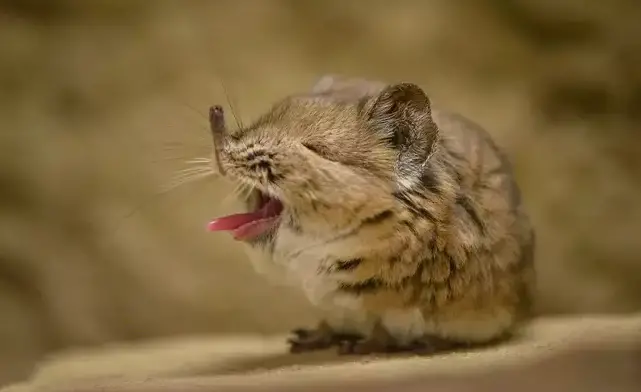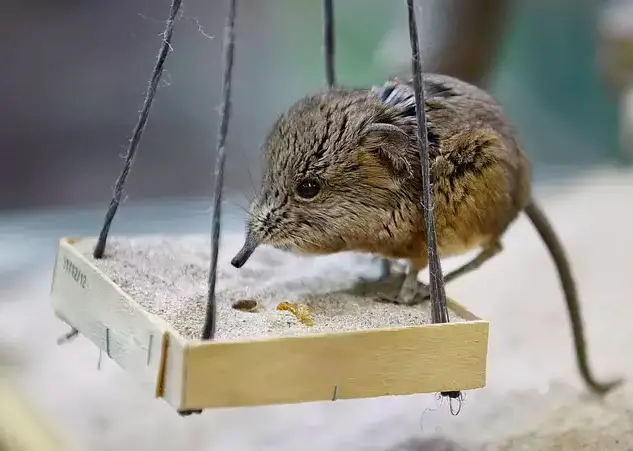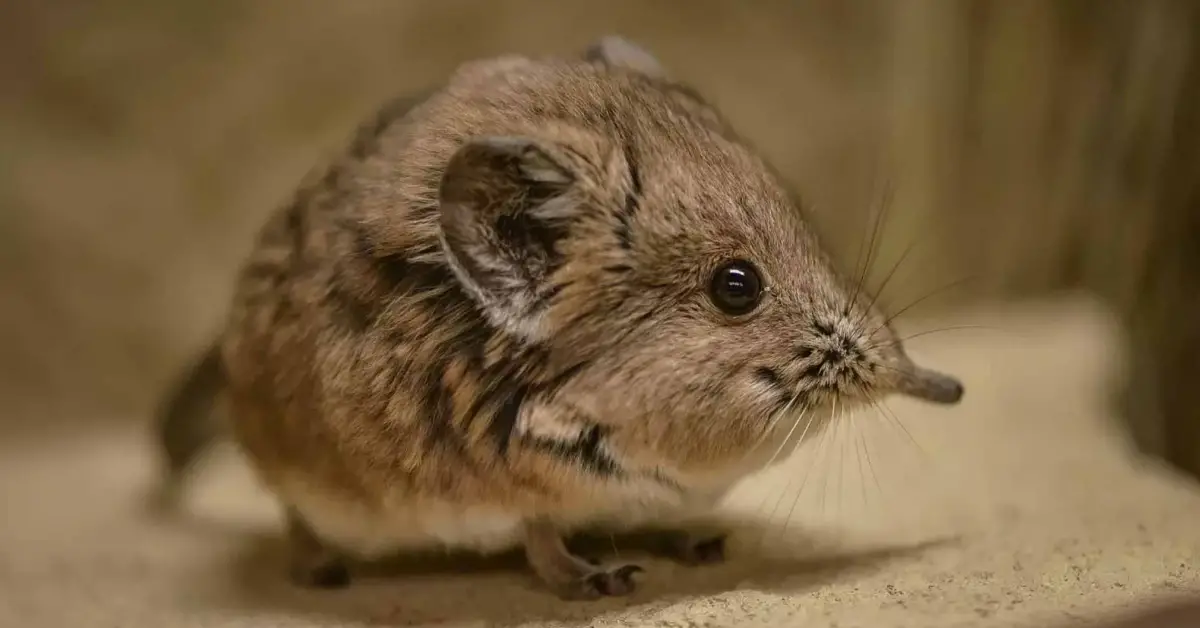Even the endangered species list got larger and larger over the last couple of years, apparently some species thought to be extinct have been rediscovered. If the last year animal experts witnessed rare sight of some incredibly elusive animals like the clouded leopard or the saki monkeys, this time a tiny and extremely cute species miraculously reappeared in the wild.

The elephant shrew has been rediscovered, after the cute tiny creatures have been listed as a “lost species” for the last 50 years. With the last sightings of the species recorded back in 1968, the elephant shrews are “back on the radar.” They have been rediscovered during an expedition in Djibouti, a country in the Horn of Africa.

Apparently the elusive creatures stayed hide very well, since the explorers confirmed to an abundance of these animals in the area. Neither shrews nor elephants, the cute little things are also known as “sengi” and surprisingly (or not) they’re related to elephants; and aardvarks and manatees as well. In fact, their noses reassembles an elephant’s trunk. In miniature, of course!

To track them down, the researchers used over 1,000 traps in 12 separated locations. Apparently a mix of peanut butter, oatmeal and yeast was responsible for the snegi’s rediscovery.
Here you can watch two adorable elephants shrew enjoying the morning sun!
“When we opened the first trap and saw the little tuft of hair on the tip of its tail, we just looked at one another and couldn’t believe it,” Steven Heritage – research scientist at the Duke University Lemur Center told the BBC. “…we looked at each other and we knew that it was something special. They are not well-known animals, but when you see them, it’s impossible not to adore them.”
FOUND: What is related to an elephant but the size of a mouse, has hindlimbs built like a gazelle, & was lost to science since 1968? The Somali Sengi, an adorable elephant-shrew was recently rediscovered in Djibouti. @DukeLemurCenterhttps://t.co/xSZYutT0CT pic.twitter.com/NJZs0Kx21g
— Global Wildlife Conservation (@Global_Wildlife) August 18, 2020

